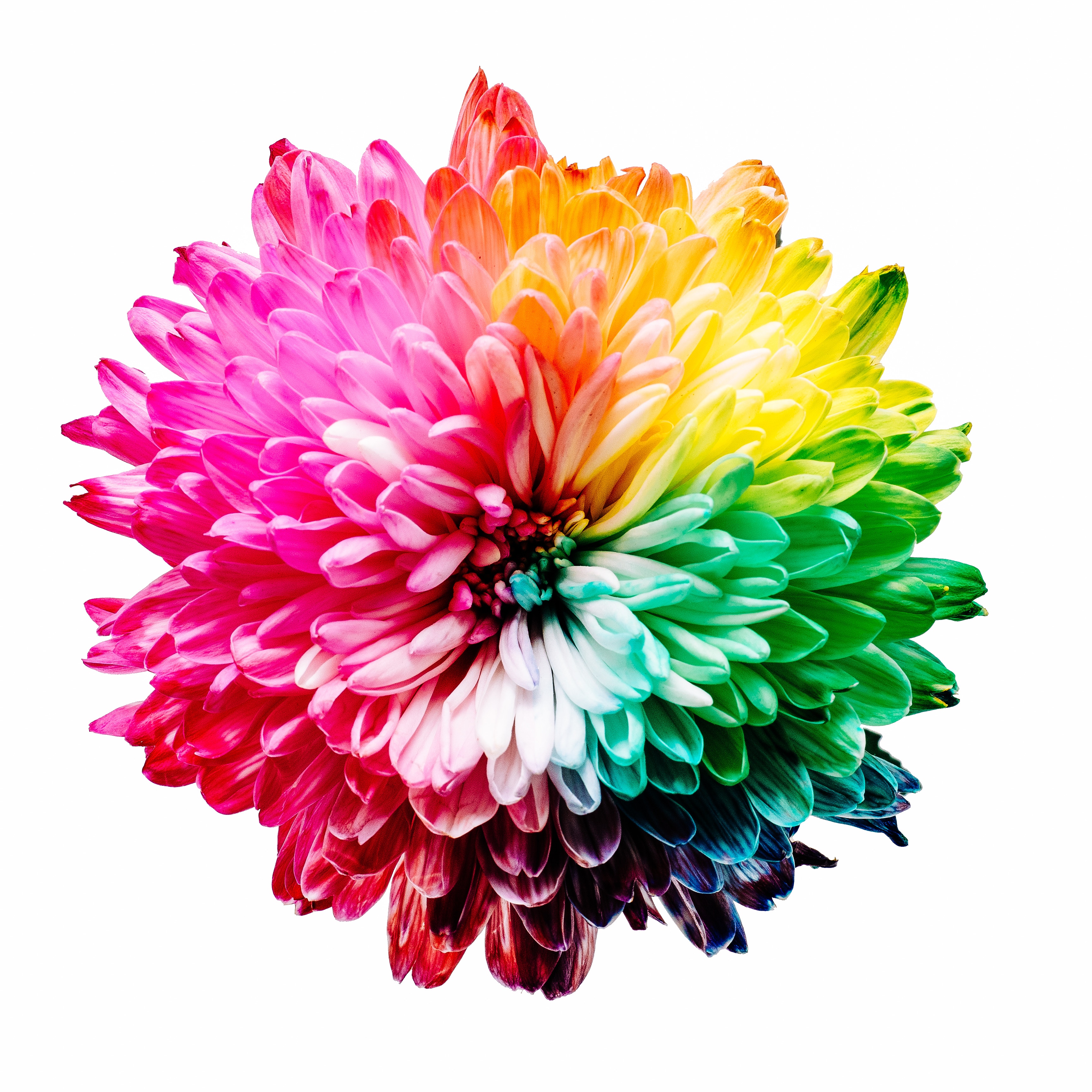I’m sure you have seen a ton of videos on YouTube or on Instagram how makeup artists used different colors on their faces before applying their makeup. Ever wondered what all these colors where for? Then let me introduce you to the world of Color Correcting.

Concealer Basics: The Color Wheel
Mastering the art of concealer has a lot to do with understanding the basics of color correction. Remember learning about the color wheel in elementary school art class? Way back when, we learned how colors directly across from another cancels the other one out.
For instance, red is directly across from green on the color wheel. The color green will neutralize the color red, which is why green concealer works best to cover red acne blemishes. By simply referring to the color wheel, you’ll better understand how to make those annoying problem areas vanish. Now that we got our art lesson for the day out of the way, let’s move on to discuss the uses for which each color concealer is best suited.
The Color Green
Green is on the opposite of the color red on the color wheel, that means that using a green colored concealer over red areas will help to neutralize any spots or discoloration. Green hues can range from light mint right through to darker green. The intensity of the green that is right for you will depend on your skin shade and tone – whether it is warm or cold.
The Color Purple
On the chart purple is the opposite of yellow, so purple will help you to cancel out any unwanted yellow undertones that you might have. It’s really a nice to add to your makeup kit if you need something to brighten a dull complexion. Purple can go from lilac to mauve, each working their magic to give your skin that super healthy appearance. As with the green concealer, the paler variety tends to be a better match for fair skin, while richer purples suit dark skin.
The Citrus Colors
The citrus member of the color correcting family, orange concealer are your go-to if you want to add warm and healthy glow. Oranges are also great for covering dark under eye circles or age spots on olive and darker skin tones, providing a more natural finish than with a light concealer. Yellow is a popular choice that adds warmth to your skin and helps to achieve a natural healthy glow. Unlike other coloured concealers, you don’t necessarily need to go for a lighter shade of yellow just because you have fair skin.
Many makeup experts buy yellow concealers as a palette, which gives you a wider range of hues to mix and experiment with.
The Color Pink
The pink colored concealer will be your best friend If you are looking to cover dark circles under your eyes or cancel out dark shadows around your mouth area. As pink is on the opposite of green, it’s perfect to use pinkish colors on areas of the skin with greeny-looking blemishes or veins.
How to apply Concealer
Always apply your foundation or tinted moisturizer first, that way you don’t have to use a much of the color correctors as you would if you put them on your bare face. Apply them lightly by patting them on with your clean fingertip, so the warmth of your skin helps them blend into your complexion. For example, if you have fair skin, you’ll most likely be using the palest colors of the shade range when it comes to pinks, yellows, greens, and purples. If you have medium to olive skin, the color-correcting shades will also most likely be a touch darker than the pastel versions that, say, fair-skinned folks would use. And for deeper skin tones, where someone with pale skin would use light pink under their eyes, a darker-skinned person would use a more orangey peach hue. The same rule goes for the greens, yellows, and purples you might use.
